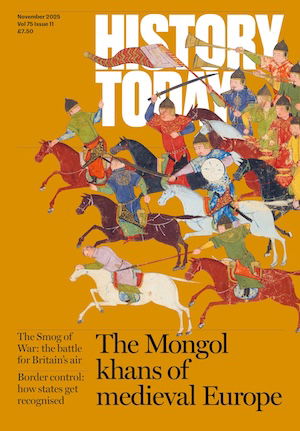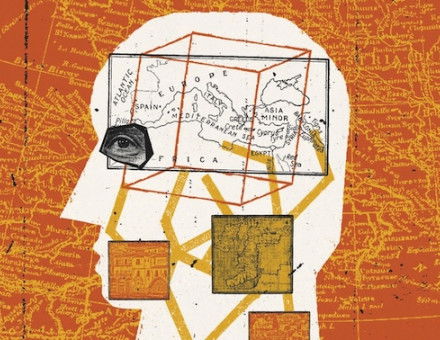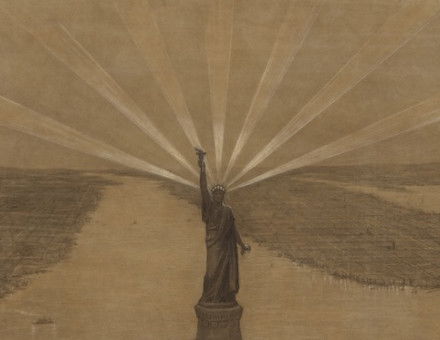The World in 1492
Victoria Schofield surveys the land Columbus did not visit and finds societies on the move.
When Columbus embarked on his 'Enterprise of the Indies' in 1492 he was carrying letters from 'their most Catholic majesties Ferdinand and Isabella' addressed to the Great Khan of the Mongol Yuan dynasty in China; he also had letters of introduction to other Japanese and Indian princes. According to Marco Polo's thirteenth-century account, which Columbus had studied at length, great wealth was to be found in the Indies, as China, Japan, India and Indonesia were collectively known.
In particular, Columbus hoped to return with 'gold and spices in quantity': gold, because it was the true measure of wealth; spices, because pepper, cinnamon and cloves had become essential ingredients on a fifteenth-century European dining table. But increasingly high prices, maintained by the Arabs and Venetians, who controlled the spice trade to Europe, had prompted both Portugal and Spain to seek a direct sea route to Asia. Whereas the Portuguese edged their way around Africa, the Spanish monarchs agreed to Columbus' bold plan to sail to Cathay by the uncharted western route.





